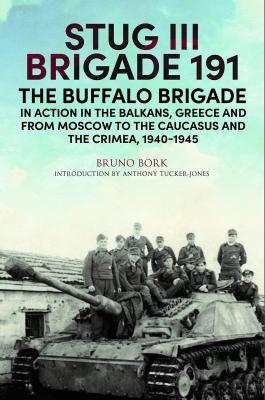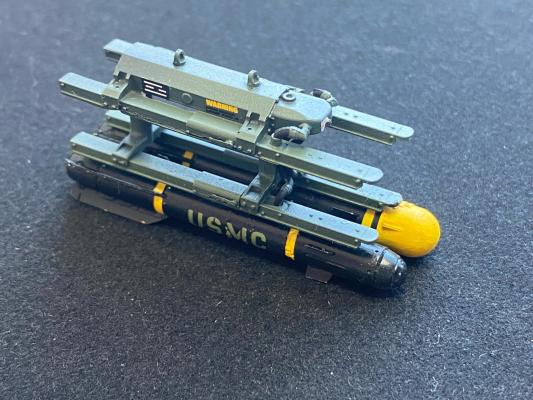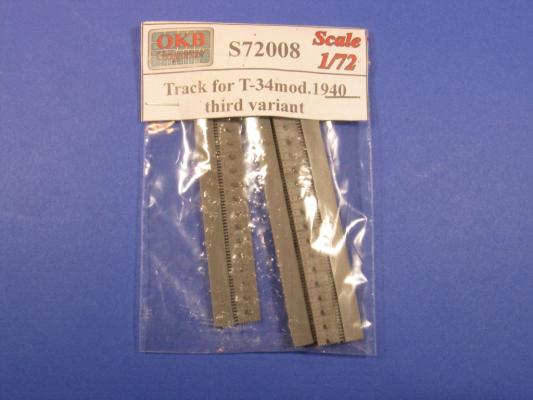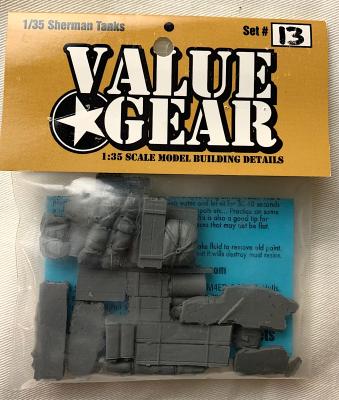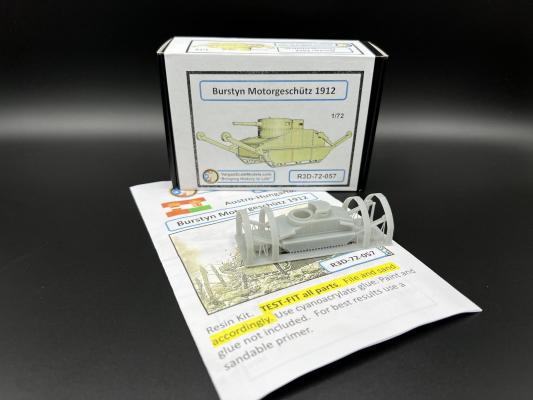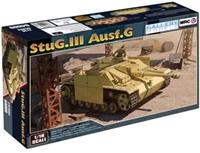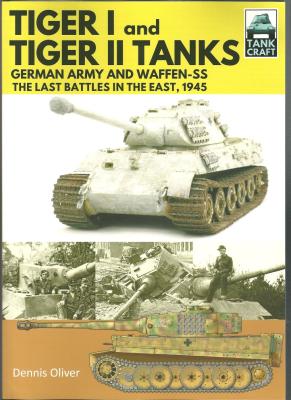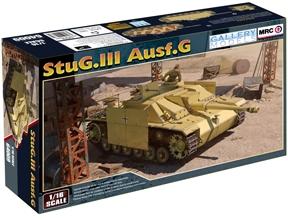The ubiquitous M60 Main Battle Tank (MBT) is the second generation of American MBTs and the fourth to carry the Patton name (following the M46, M47 and M48 series). During my time in the Army, beginning in the mid-1990s in Germany, the M1 Abrams was in its ascendency, fresh from its victories in Operation Desert Storm. I never paid much attention to the M60 other than remembering how tall and old they looked in comparison to the Army’s new MBT.
TankCraft 37, M60 Main Battle Tank, America’s Cold War Warrior 1959-1997, (https://penandswordbooks.com/subject-categories/reference/m60.html) dramatically changed that perception of an old tank. Instead, the long, distinguished career of the M60 MBT is elegantly and logically described and illustrated over its illustrious life of over 40 years.


